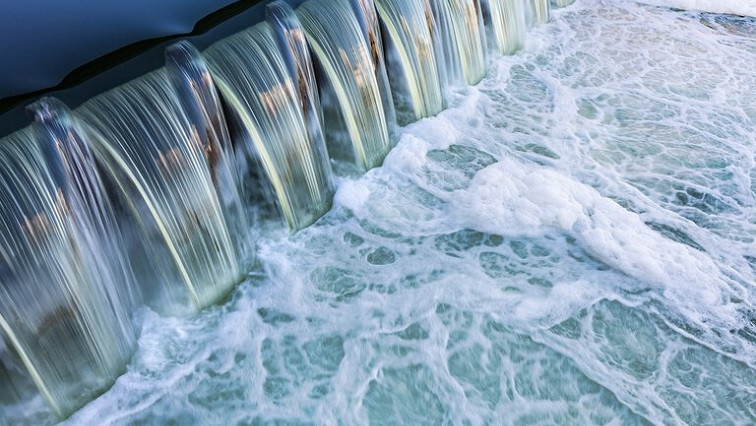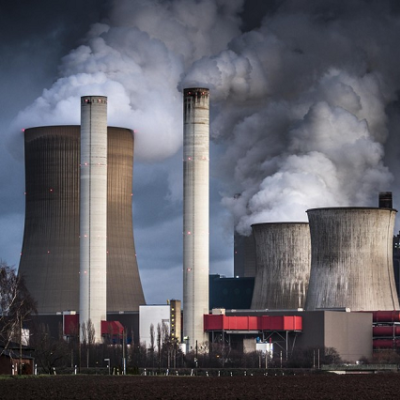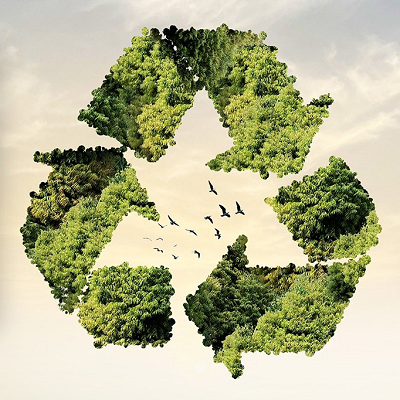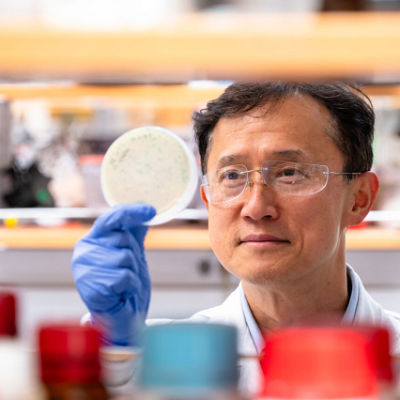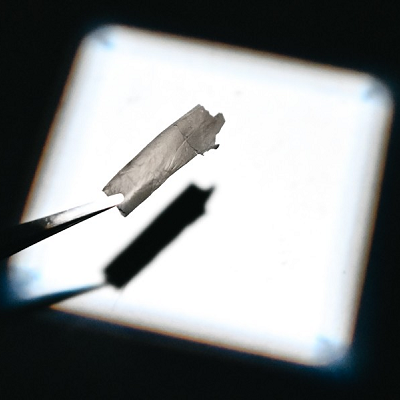Nanobubbles are tiny bubbles with distinct advantages that make them transformative for a wide range of industrial applications. For example, nanobubbles have a low rising velocity. This extends the life of the bubble, enabling dissolved gas to be stable in liquids for longer.
Nanobubbles are also ultra-dense. This means they can dissolve a significantly greater volume of gas in a liquid than larger bubbles. For example, nanobubbles can dissolve up to twice as much oxygen in water as microbubbles.
A spin-out from the School of Chemical and Bioprocess Engineering at University College Dublin, AquaB is commercialising the patented platform nanobubble-generation technology lead-invented by Company Director and chartered chemical engineer Professor Niall English, who commented:
“The gas-solubility limit – in other words, the amount of gas, like oxygen, that can be accommodated naturally in water or other liquids – is known as ‘Henry’s Law’. For centuries, it has been taken for granted that there was no way to accommodate additional levels of gas in liquids beyond this ‘thermodynamic limit’ other than for very short times – at great energy and operational expense.
“However, my lead-invention and development of energy-efficient, membrane-free and additive-free methods to generate vast quantities of nanobubbles in liquids, such as water, with long-lived nature allow for the level of gas solubility to be increased meaningfully beyond the Henry’s-Law limit.”
Activated-sludge approaches are integral for biological treatment as another option in place of flotation operations in both onshore and offshore water treatment operations. AquaB can provide massively bigger and low-energy nano-oxygenation, along with high-performance abiotic oxidation of reactive nitrogen and sulphur species, reduction in COD and BOD, and improved microbiology profiles.
AquaB’s method of generating nanobubbles is based on static electric fields and electrostriction-based ‘sucking in’ phenomena of gases into liquids – making ‘thick-skinned,’ or ultra-dense, nanobubbles with great mechanical strength and enhanced lifetime. After many industrial field trials in 2021-23, with further ongoing in 2024, it has been shown that these can deliver a step-change in the operational efficiencies of many industrial sectors.
When dissolved-gas levels are reduced, surface nanobubbles tend to become smaller, albeit retaining their metastability, in stark contrast to thermodynamic predictions. In contrast, bulk nanobubbles typically have 50–200 nm diameters, and their size can respond to ions and additives.
Nanobubble-enhanced floating sludge is more uniform and smaller than in conventional DAF systems and provides more consistent pumping, increased sludge density, and lower water content in the floating sludge.
Prof. English added:
“There is much industrial and ecological interest in the presence of bulk nanobubbles, in that their occasional long life and stability, depending on their method of generation and bulk-liquid conditions, often exceed the residence time of many processes such as aeration cycles in activated-sludge tanks for wastewater treatment and recirculation-aeration systems or more broadly, for water-body aeration. This long life is particularly true for nanobubbles generated via electrostriction.”
Read the original article on Offshore Technology.

